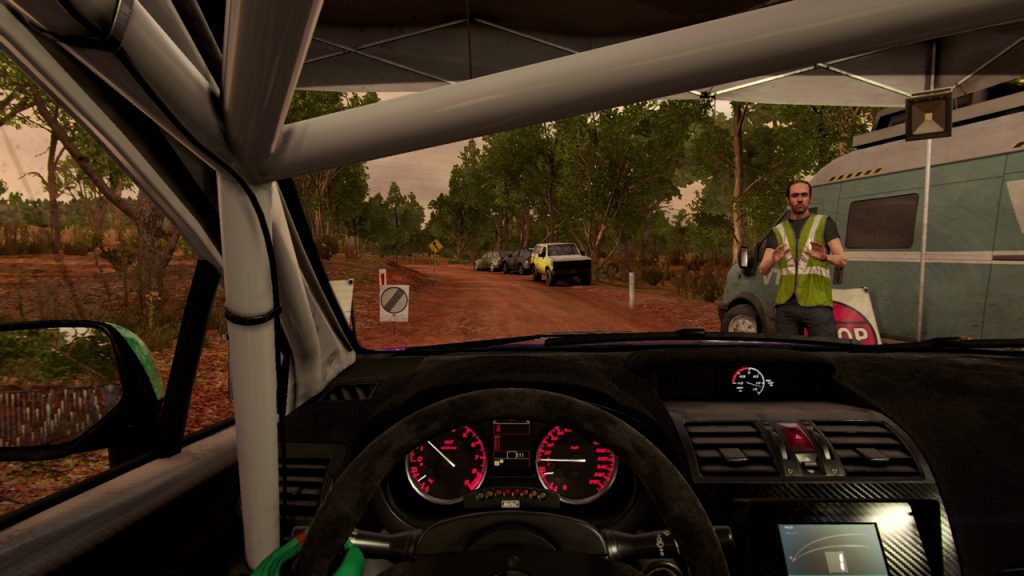Immersion: Responding to a player’s actions
During my ongoing literature review I often discover interesting facts about things I’ve never thought about. Sometimes I can connect these facts with my own observations: The result is mostly a completely new idea why things are as they are. Maybe these ideas are new to you, too. Therefore I’ll share my new science based knowledge with you!
This week: This time, I think about how DiRT 4 achieves a higher immersion by embedding the main part of the gameplay in an engaging context and making the game more responsive to a player’s actions.
DiRT 4, the successor of DiRT Rally, got released about a month ago and successfully increased the immersiveness and believability of the rally simulation by tweaking a few game mechanics and adding new gameplay elements to the game. Achieving a believable world not only requires a realistic simulation and presentation of the gameplay, but also demands a responsiveness to a player’s action. Furthermore, to avoid breaking the immersion, it is also important to implement good transitions between the main gameplay and the screens presenting a player’s results.
The latter requirement still is not completely fullfilled but successfully got improved in DiRT 4. In DiRT Rally, after switching to simulation mode, players get immediately placed behind the rally car’s wheel which already stands ready at the start of a stage. This only is different at the start of a new event which begins with a short scene presenting how the player’s car is brought to the start. From this point on, players get no further information until they start the stage. In addition, as soon as they cross the finish line, the simulation immediately ends and a screen displaying the results is shown. That way, the game completely ignores the phases before and after the race which slightly reduces the overall immersion.
This was changed in DiRT 4 which begins with a quick introduction from the co-driver who informs the players about potential damaged cars on the stage and also tries to motivate them to push hard in order to win the rally event. While this still lacks some interaction with the game, it already provides the players with a better feeling of actually getting ready for a race. Moreover, in DiRT 4, a stage does not immediately end when the player crosses the finish line. Instead, the player is required to continue driving until the marshal who informs the player about the stage time is reached. Ultimately, those two additional gameplay elements frame the actual racing thus providing a more immersive presentation of the simulation.

DiRT 4 – Stopping at the marshal
These two new elements also implement a responsiveness to the player’s action. Before the start of a stage, the co-driver also gives a brief summary of the car’s condition and hence addresses problems that might have occured due to a player’s reckless driving. Similarily, the co-driver also comments on the player’s time at the end of the stage and, depending on the result, is cheering or trying to motivate the player to push harder on the next stage. Lastly, when the player gets closer to the marshal at the end of a stage, the marshal gives a hand signal when the player should come to a stop thus reacting to the player’s actions.
In the end, by embedding the simulation in an engaging context and increasing the game’s responsiveness to a player’s actions, DiRT 4 achieves an immersive effect that goes beyond the immersion due to game-flow caused by the challenge of driving the virtual race cars as fast as possible.